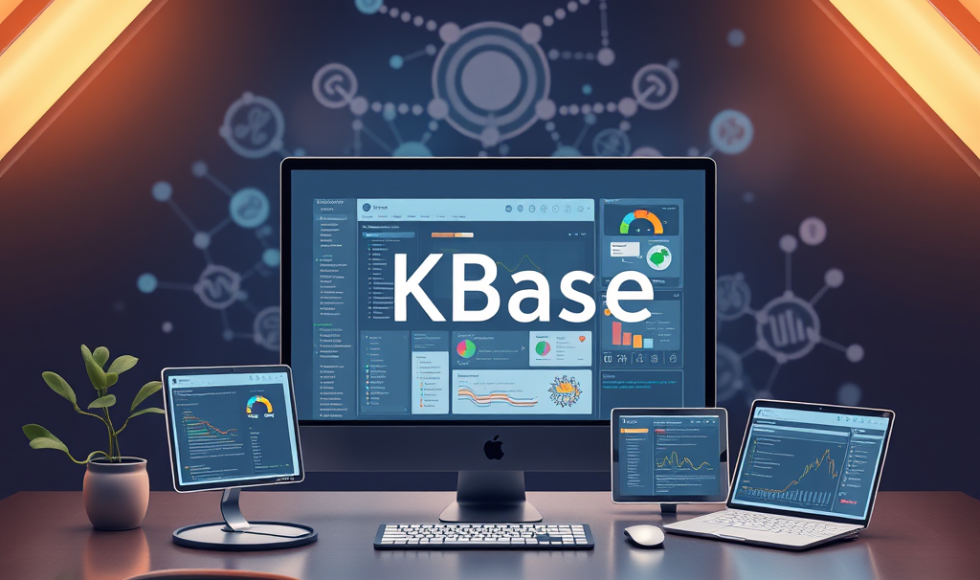Tonight I started another KBase video. This was the September 18, 2024 “Introduction to KBase” webinar. Ben Allen from Oak Ridge National Laboratory was the presenter along with Ellen Dow and the KBase team. Allen described KBase as “a community-driven research platform for systems biology” and it has the tag line “empowering researchers by integrating data and tools to accelerate analysis, support collaboration, and help publish discoveries.” Tools are accesible in the KBase platform. Reference databases are also connected and useful for comparative genomics and analyses. Tools for collaboration allow researchers to share narratives and datasets. Allen also noted that KBase has powerful publishing tools. KBase is funded by the Department of Energy Biological and Environmental Research division. Allen described the KBase function as an online platform to support the integration and sharing of data. Open source tools are connected to the Department of Energy national laboratory high-powered computing resources. KBase helps with some of the computationally-intensive processes. Allen noted that KBase encouraging the development of custom workflows and sharing of data. KBase is built around narratives: interactive Jupyter notebooks with data, tools, commentary, and code cells. A typical narrative has a toolbar, data and apps panels, markdown cells for information, and a series of app cells. Allen noted that there are over 200 apps ro analyze data. Apps are categorized by function, including read processing, genome assembly, genome annotation, comparative genomics, sequence analysis, metabolic modeling, expression, microbial communities, virus, and utilities. There is also a Software Development Kit. Allen explained that data can be uploaded by “drag and drop” from a local source or using Globus for large datasets. Data from public datasets can also be integrated/imported. Narratives can be shared with collaborators, shared publicly, or published. Also, narratives can be added to a KBase Org or group. There is a new feature called Collections to organize curated datasets from projects. The examples listed were from the GROW project and PMI. Users can analyze data from these projects and collaborate with groups. Static narratives create a snapshot of your work. Allen noted that they are calling them “FAIR” narratives because of the sharing and interoperability. Persistent identifiers can be registered. Allen mentioned they are working with the American Society for Microbiology (ASM) and their Genome Announcements and MRAs. Next, Allen spoke about data management and metadata tools they are building. Ellen Dow leads the KBase Educators Program with a community of two hundred of us. Allen mentioned that the KBase Education program has narratives and provides robust support to those using KBase in courses. The total number of KBase accounts is over 38,000 with 945 Tbases of user data! Allen then did a demo starting with importing sequences. Allen shared some how to insert genomes into a tree and described the tree object. I keep on finding new tools, including annotation of plant genomes that I will use!



